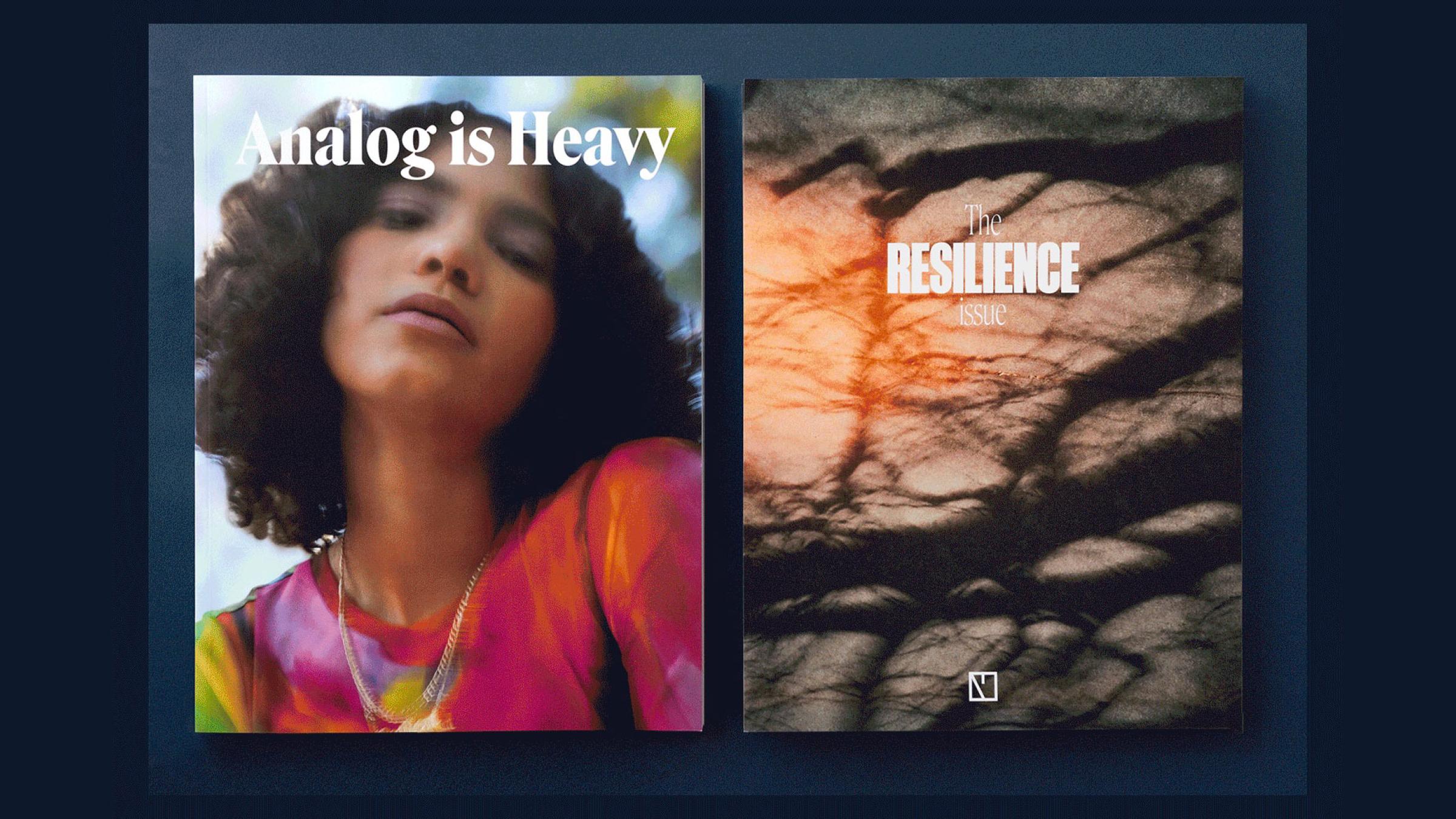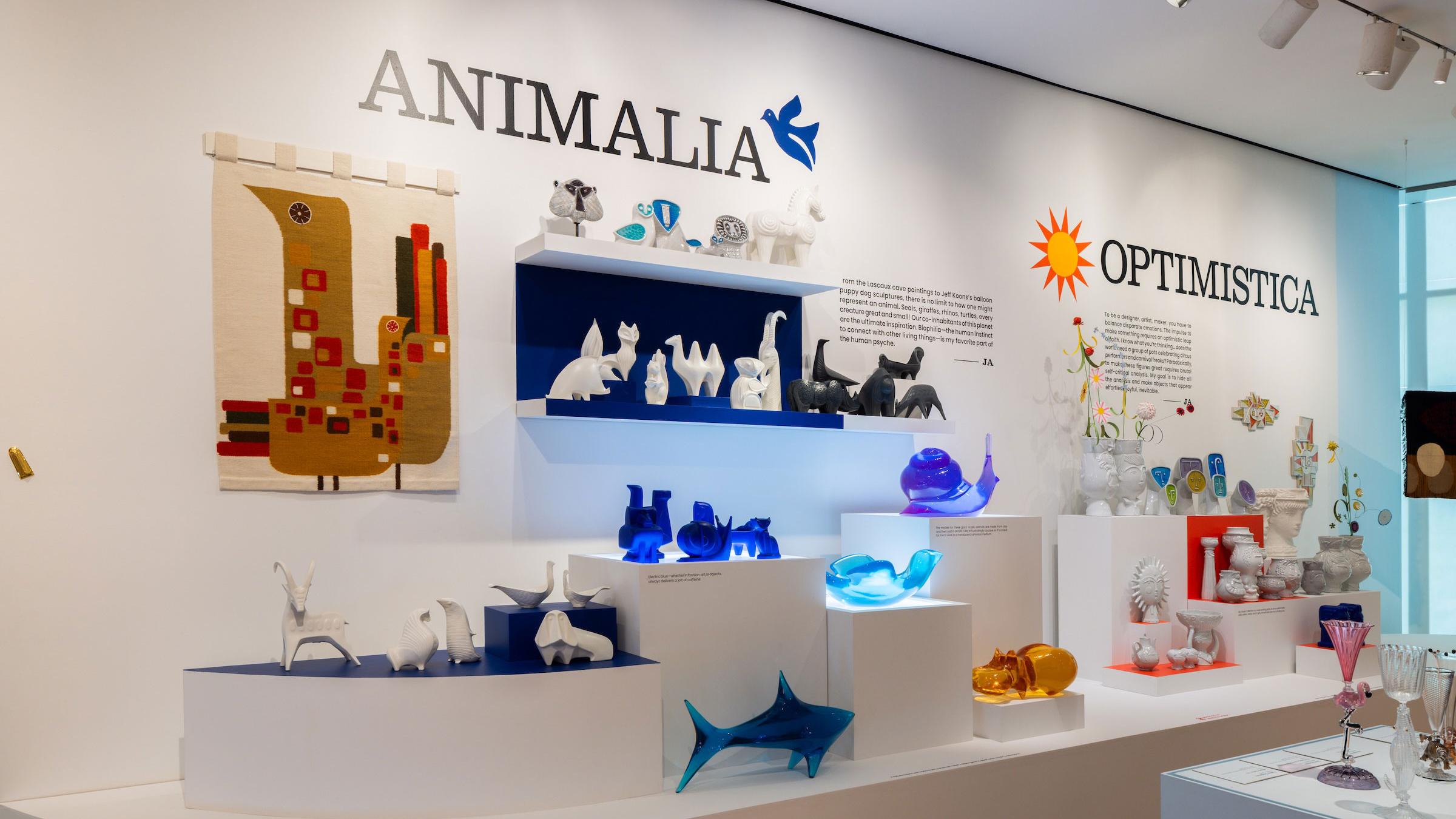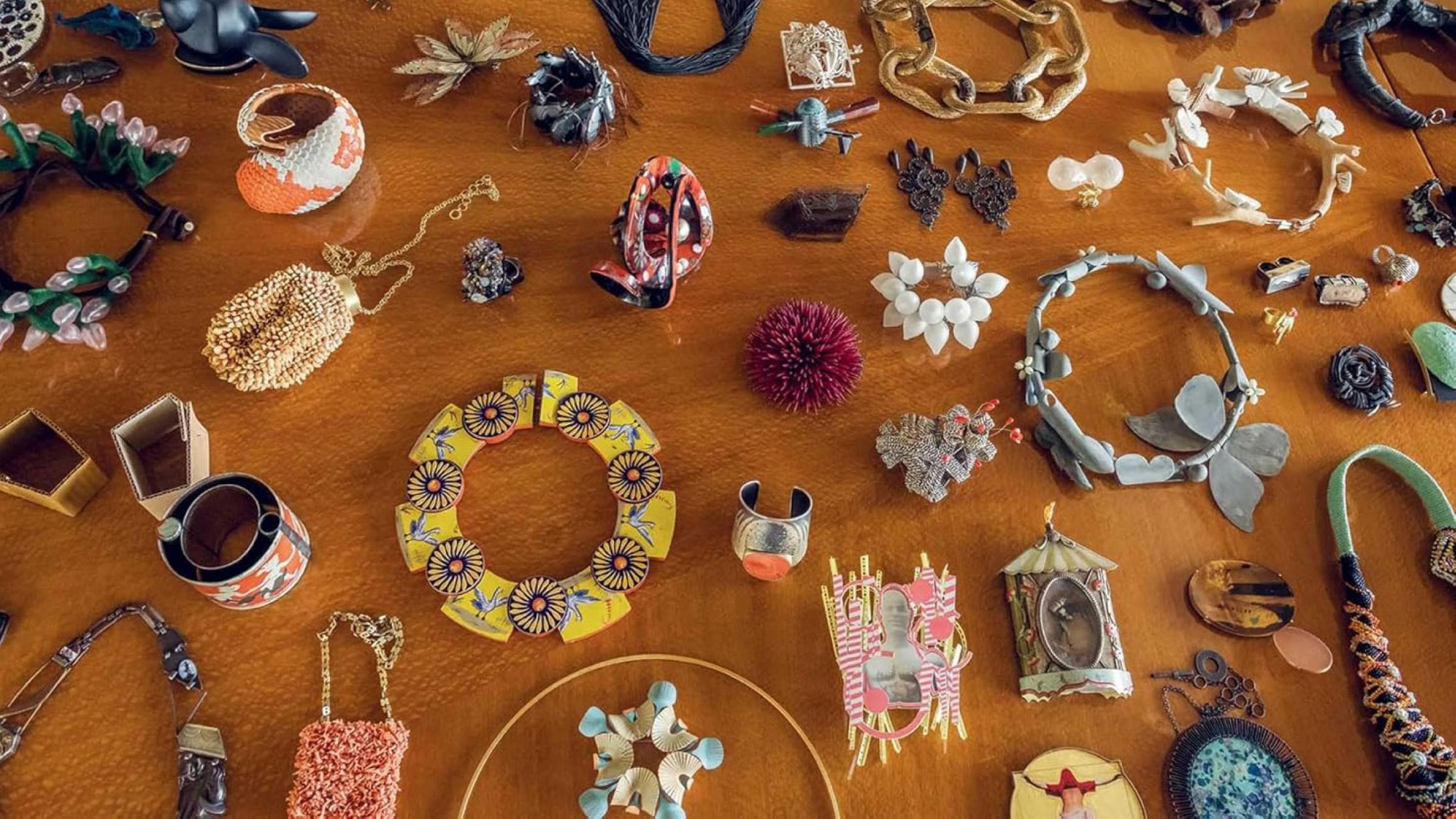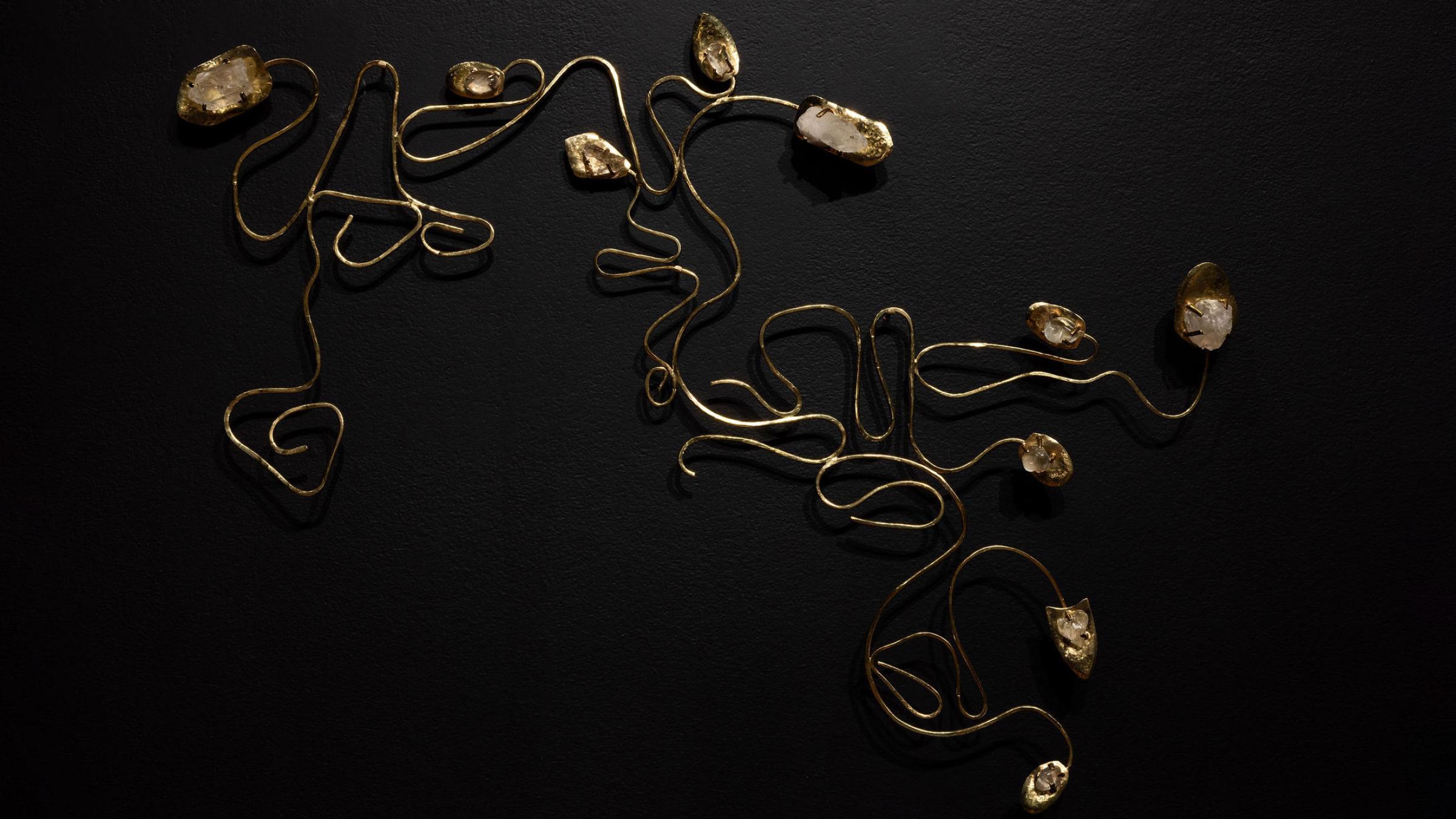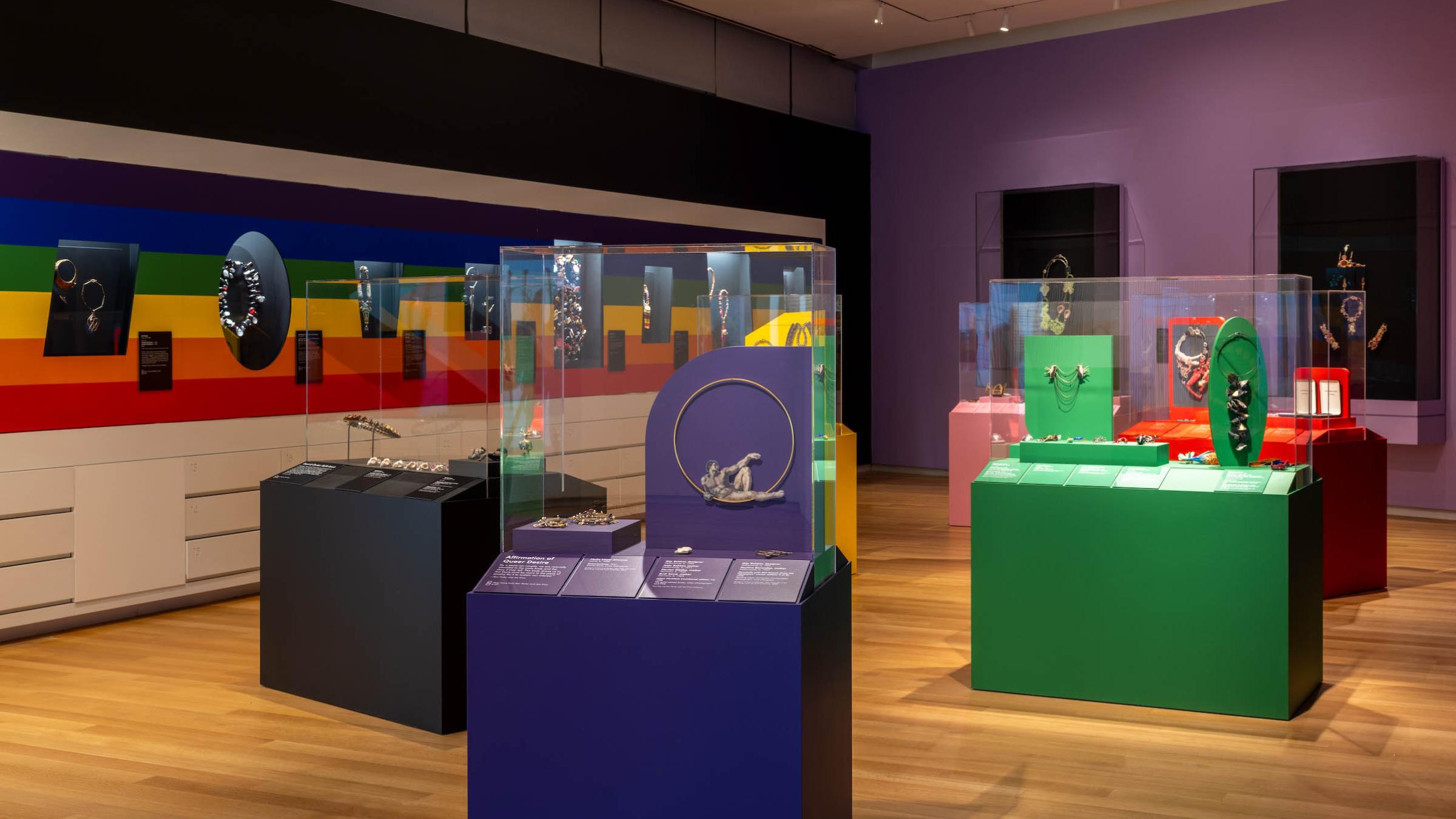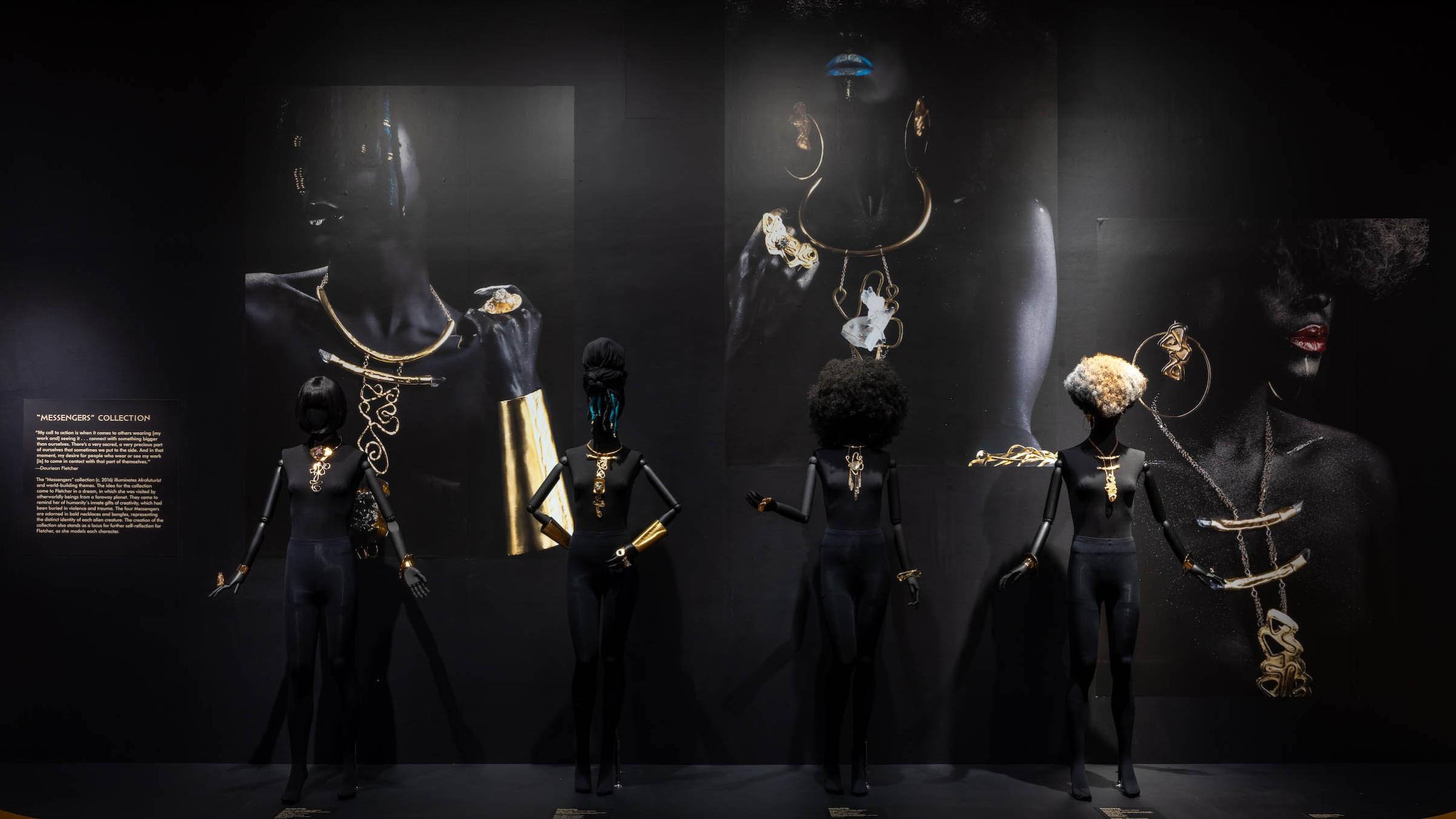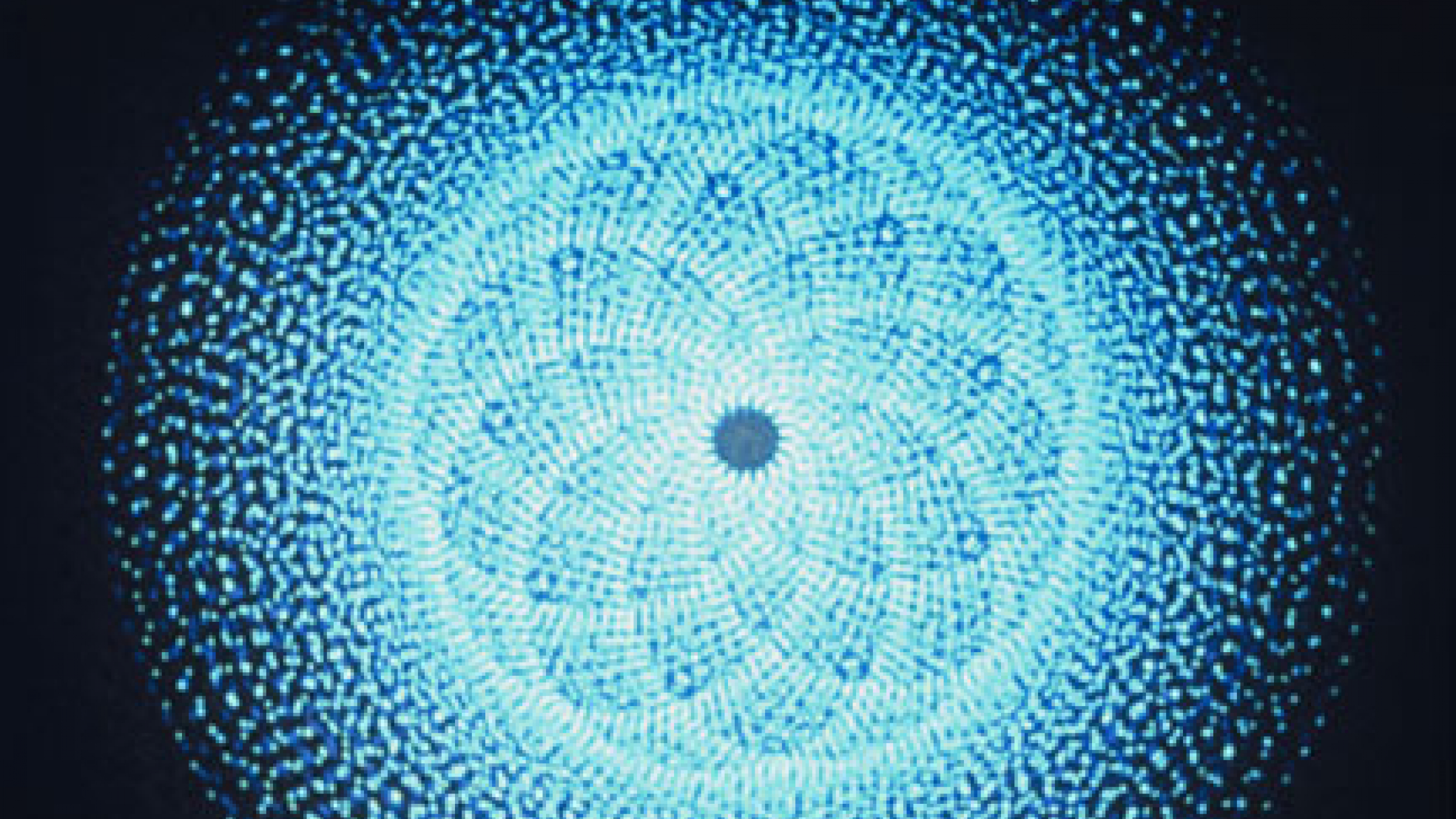
Pioneers of computer graphics and minimal abstract films, James and John Whitney developed a variety of innovative practices in animation. Working with airbrush stencils, optical printing, computer-generated graphics, and then simply using light, the brothers created non-objective films in their California studio. Having studied music composition in Paris, John Whitney scored some of the earliest electronic music soundtracks for his films with pendulums and light to synthesize the films' soundtracks.
In the late 1950's John created an analog computer from decommissioned Second World War antiaircraft devices, affording him and James the necessary control to film precise geometric shapes, patterns, and movement. By the 1970s, the two brothers had ventured off in different cinematic directions: John worked with computer programmers to perfect the code behind the movement of animation graphics, while James created highly mystical abstract films. This evening long program presents highlights from the Whitneys’ unique body of work.
Prints courtesy of the Academy Film Archive
Works Presented Include
Five Film Exercises
1943-1944, Dir. James & John Whitney
15:00 min, 16mm
Yantra
1957, Dir. James Whitney
06:30, 16mm
Permutations
1966, Dir. John Whitney
07:30 min, 16mm
Lapis
1966, Dir. James Whitney
09:20 min, 16mm
Matrix III
1972, Dir. John Whitney
10:35 min, 16mm
Arabesque
1975, Dir. James Whitney
06:44 min, 16mm
